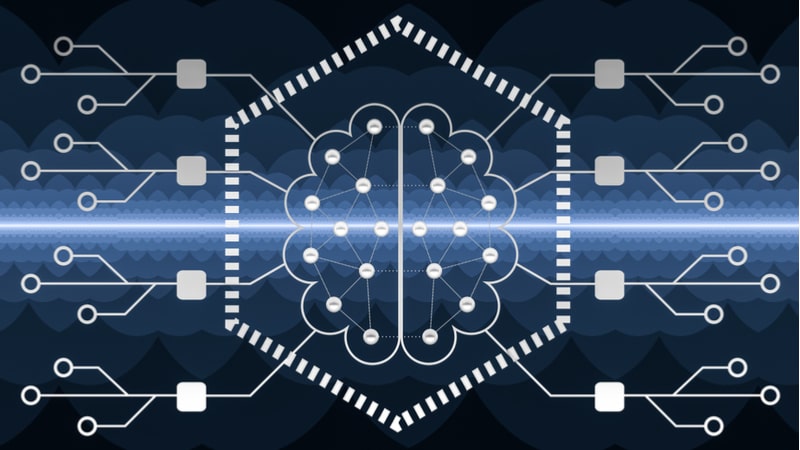
Officials from the intelligence community on Thursday discussed the importance of using artificial intelligence to process and analyze the large amount of collected data by agencies, thus freeing analysts to shift their efforts toward looking into anomalies identified by AI.
Susan Kalweit, director of the Analysis Directorate at the National Geospatial-Intelligence Agency (NGA), explained that analysts now spend 47 percent of their time doing monitoring, or keeping an eye on known behaviors at known locations. She said she wants AI to help analysts to spend less than 15 percent of their time on monitoring, and more time on analyzing unknown locations and unknown behaviors.
“What I want is for machines to do what machines do best–work with all the data, find the connections, and present us with options and visualizations, so that humans can do what they do best, which is around critical thinking and collaboration,” said Kalweit.
Dr. Darin Johnson, a computer systems researcher at the National Security Agency (NSA), expressed his desire for tools to help enable better information sharing among intelligence agencies. He highlighted the potential for differential privacy and private information retrieval protocols as key advances to enable better cooperation.
“There are papers being written and people producing software for these types of things, but then we’ve got to get the automation part of this also,” he said. “I would like to see industry start thinking about how we can apply these constraints on our systems, so that I can start automating these types of things under those constraints,” he said.
Both emphasized the importance of the workforce’s role in adoption of AI, in finding the right use cases, and in accepting the new technology.
Kalweit noted the need to give needed skills to the workforce, and to create a culture that allows people to take risks on new technology. She also acknowledged concerns of some of her analysts, and compared adoption of AI to adoption of smart phones.
“The change in tradecraft is no different than the technology curve,” she said. Using the categories of innovators, early majority, late majority, and never-adopters, she noted that the department’s goal is “empowering the innovators and doing everything we can to support and show the early majority and the late majority that this is something they can invest their time in.”
Johnson emphasized that AI and machine learning models must make it easy for users to provide feedback on the model’s performance. Adding another step to an analyst’s job requires a user design that makes it possible for improvements in the model without going out of the way.
“It should be as easy as possible to let [analysts] provide feedback while still doing their normal job,” he said.
While the panel focused mostly on how AI can help with intelligence analysis, one questioner asked why the intel community isn’t using AI to overwhelm adversary systems and cripple their intelligence analysis.
“How do you know we’re not?” responded Kalweit.
